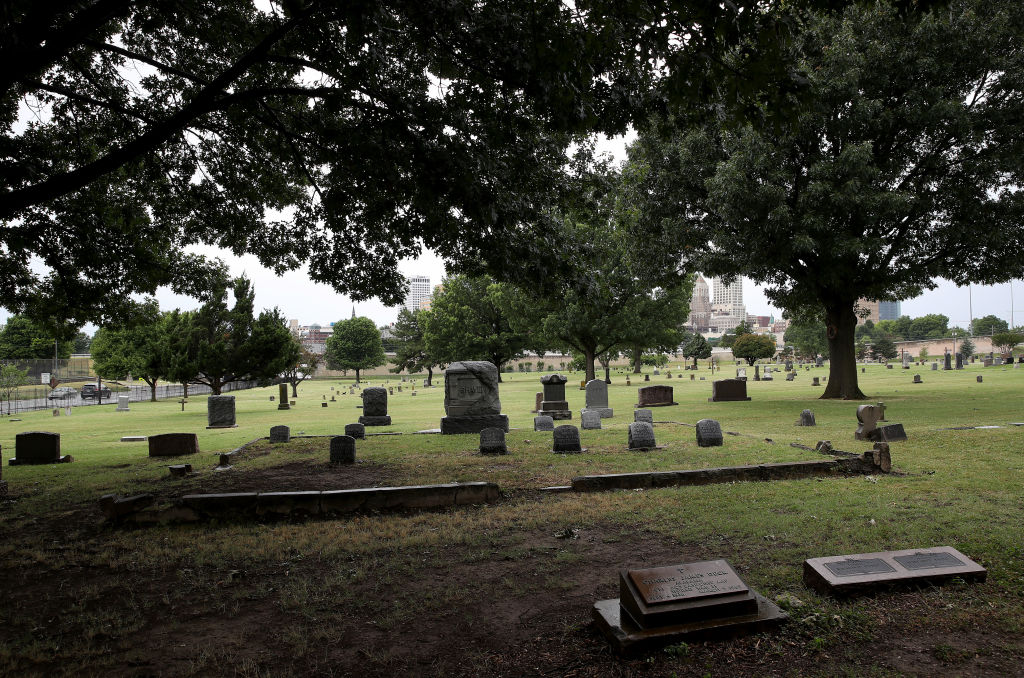The city of Tulsa, Okla., has begun an excavation of a potential mass gravesite almost 100 years after a massacre that could’ve killed as many as 300 Black people.

Earlier this year, scanning picked up what is believed to be a mass grave at Oaklawn Cemetery dating back to 1921, Mayor G.T. Bynum said during a press conference on Monday.
A group of scientists, archaeologists and forensic anthropologists are now being put to the task of discovering just what caused the “underground anomaly” picked up by the scan.
“This is a historic day for Tulsa and for our country,” Bynum said. “It should not have taken 99 years for us to be doing this investigation. But this generation of Tulsans is committed to doing what’s right by our neighbours, and following the truth wherever it leads us.”
The dig, originally planned to begin in April, was delayed due to the coronavirus pandemic.
The team will first determine whether there are human remains in the graves. If there are, an excavation will be planned, Oklahoma state archaeologist Kary Stackelbeck said.

Get daily National news
It’s hoped the dig will “bring some sense of closure to that horrible time in our history,” Brenda Nails Alford, a committee chair of the 1921 Graves commission, said during the press conference.
The massacre occurred in Greenwood District of the Oklahoman city, an area containing a wealthy, Black business district often called “Black Wall Street,” per the Tulsa Historical Society and Museum.
Looting and rioting ensued after a Black man named Dick Rowland rode an elevator with a white woman and was later accused of sexual assault.
White rioters descended on Greenwood, sparking fights between groups of Black and white people, resulting in 35 city blocks being destroyed, 800 people injured and 36 deaths, according to contemporary reports. However, historians now believe as many as 300 people were killed that day.
“The ultimate goal here is to be able to connect the victims of this event with their family,” Bynum said. “That is a tremendous challenge. That is not something we’d expect to have wrapped up at the end of the year. That’s something that will take years to do.”
According to the Washington Post, preliminary excavations will take as long as two weeks. Any remains found will be investigated for cause of death.
“I’ve waited for this day for two decades to find out the truth of Tulsa’s public secrets,” J. Kavin Ross, whose great-grandfather’s business was destroyed in 1921, told the publication. “A lot of people knew about it but wouldn’t tell about it.”
Earlier this year, it was announced that NBA player Russell Westbrook would executive produce a new television series about the 1921 massacre to mark its 100th anniversary.
—









Comments